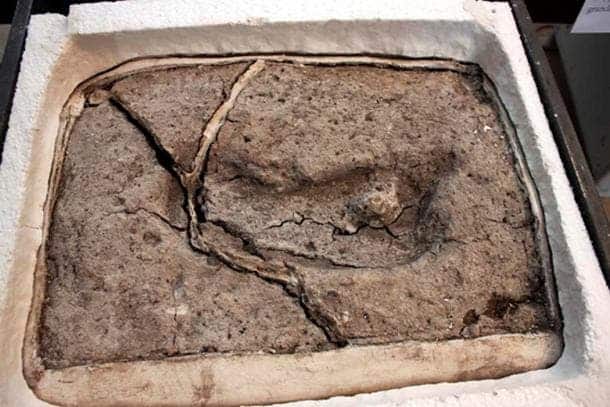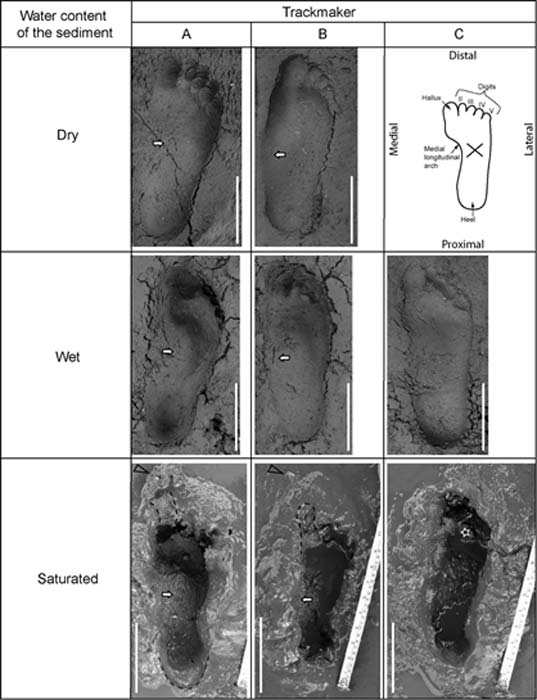
Most of the evidence scientists have gathered thus far suggests that humans didn’t reach the southern tip of South America until 12,000 years ago. This hypothesis has been cast in doubt by the monumental discovery of a footprint in Chile belonging to a modern human relative dated to 15,000 years ago.
The footprint, which scientists believe was etched by the right foot of a 70-kg male, was first discovered in 2010 at the archaeological of Pilauco. Previously, scientists had dug up extinct elephants and horses from the site, which is located some 800 km (500 miles) south of Santiago, Chile’s capital.
Researchers at the Austral University of Chile applied radiocarbon dating techniques to organic plant material found in the same place as the print, finding it was at least 15,600 years old — the earliest human presence in the Americas. But before the researchers could make such a daring announcement, they had to be sure that they pieced all the jigsaw puzzle pieces together.

For years, paleontologist Karen Moreno and geologist Mario Pino carefully studied the footprint and performed tests in order to confirm without a doubt that it was made by a human. In order to discount the possibility that the print was actually made of animal tracks that were misshapen and elongated over-time, the researchers carried footprint tests with humans over a wide range of walking scenarios. In time, the evidence proved undeniable. “We confirmed and checked and re-checked,” the researchers said in a statement.
After countless trials, the researchers established that the ancient Chilean footprint was made by a barefoot man weighing about 70 kilograms (155 pounds) and of the species Hominipes modernus, a relative of Homo sapiens.

“The results demonstrate that a human agent could easily generate a footprint morphology equivalent to the sedimentary structure when walking on a saturated substrate. Based on the evidence, we conclude that the trackmaker might well have been a bare-footed adult human. This finding, along with the presence of lithic artifacts in the same sedimentary levels, might represent further evidence for a pre-Clovis South American colonization of northern Patagonia, as originally proposed for the nearby Monte Verde site,” the authors wrote in their study published in PLOS One.
The oldest human footprints that we know of are 3.6 million years old and were found in Laetoli, Tanzania. It took millions of years before our relatives began their long march to explore the world, which eventually brought them to the Americas through an ice bridge over the Bering Strait between Russian and Alaska, according to the leading theory of migration into the Americas.
Last year, paleontologists found 13,000-year-old footprints in Canada along with several artifacts, indicating that people were passing through the area. Not only are the Chilean footprints older, but they’re also located near the southern tip of South America, suggesting that humans were already an established presence by that time. This means that the story of our ancestors’ migration into the Americas was richer and more complicated than meets the eye. The new findings support evidence of ancient colonization previously unearthed at Monte Verde, Chile, a region in the extreme south of the Americas. Taken together, the body of evidence points towards a coastal migration model which claims that the first settlers, which may have been Pacific Islanders, followed coastlines.
What’s certain now is that humans were settling North and South America much earlier than previously thought. Here comes the hard part: finding out how they got there.






